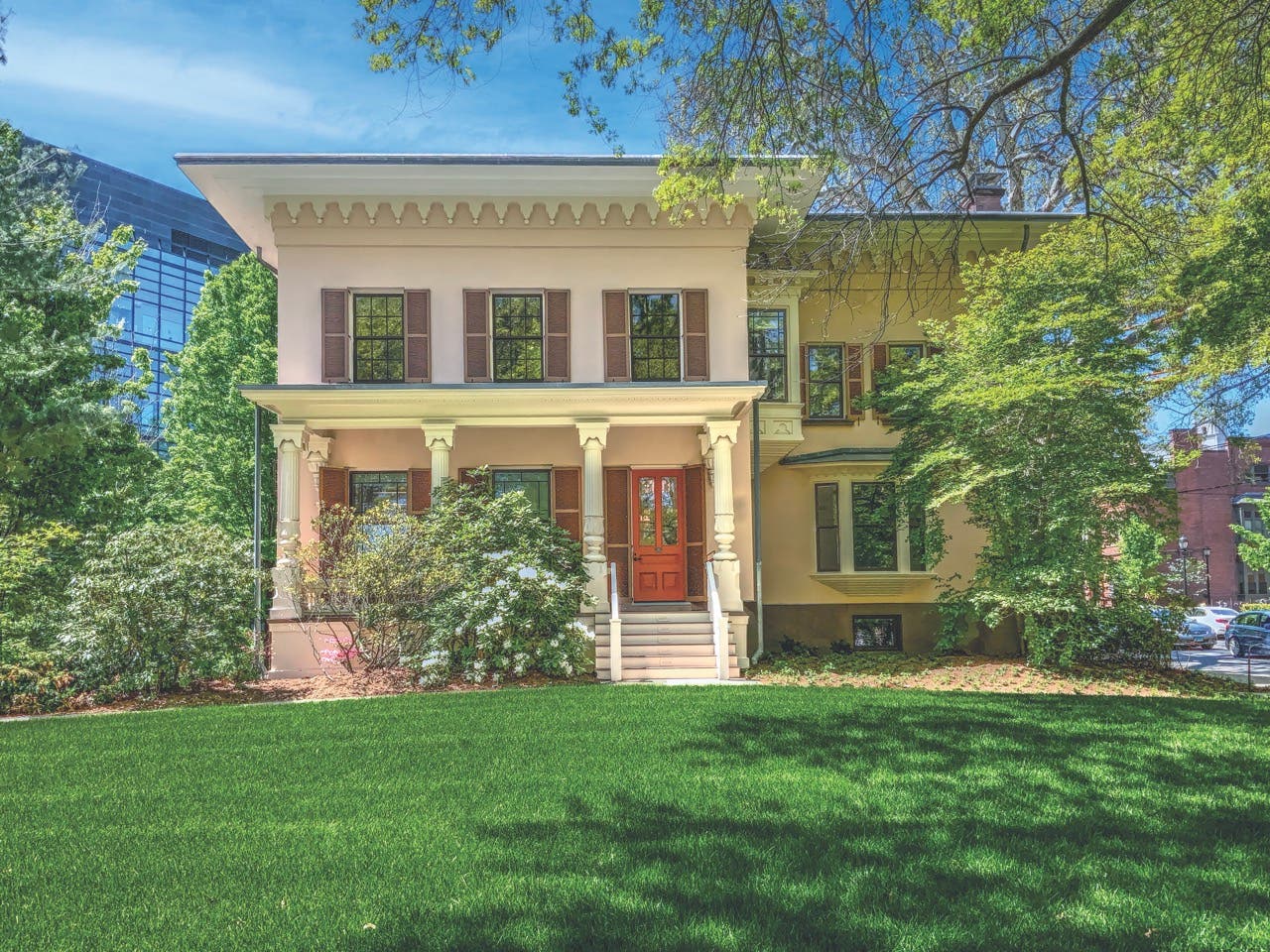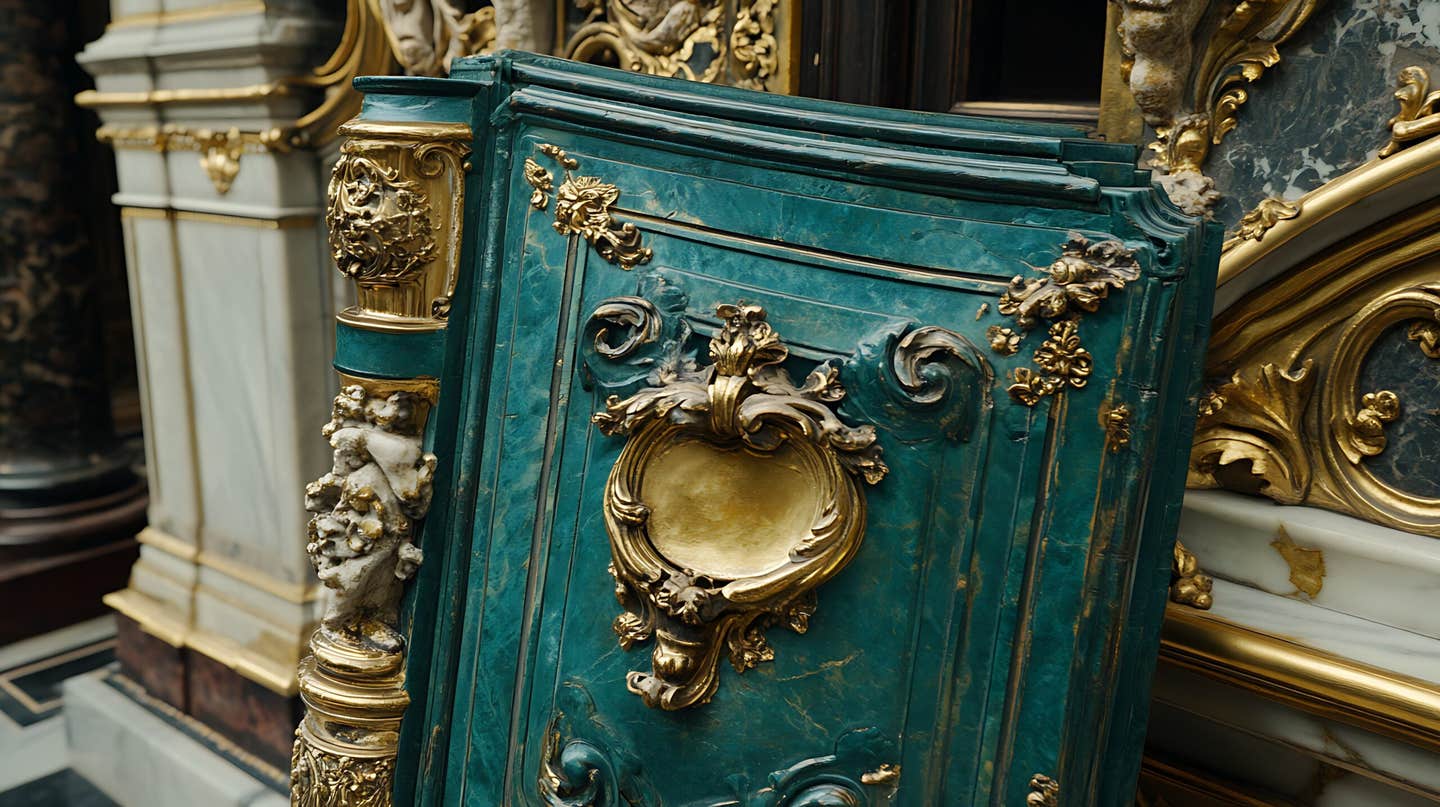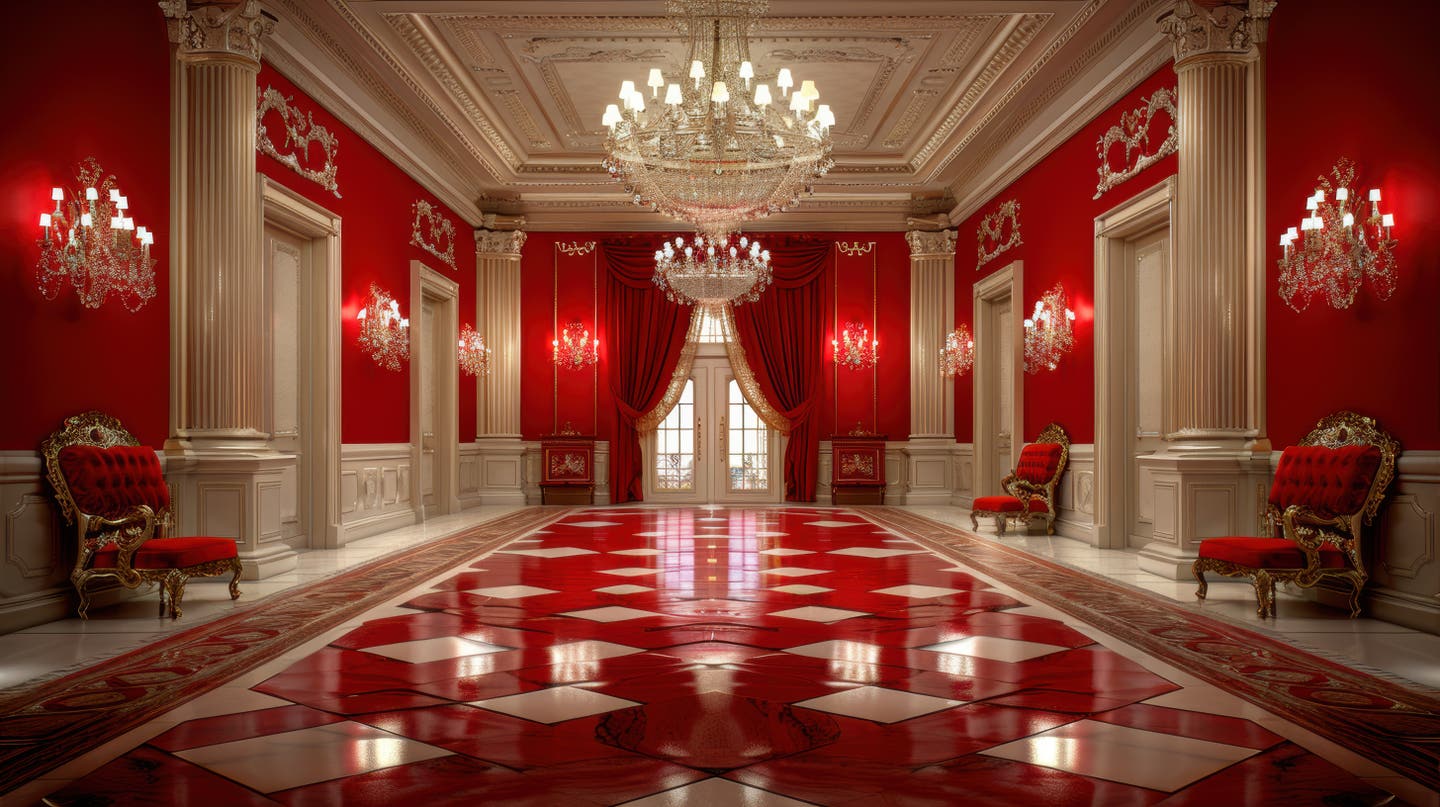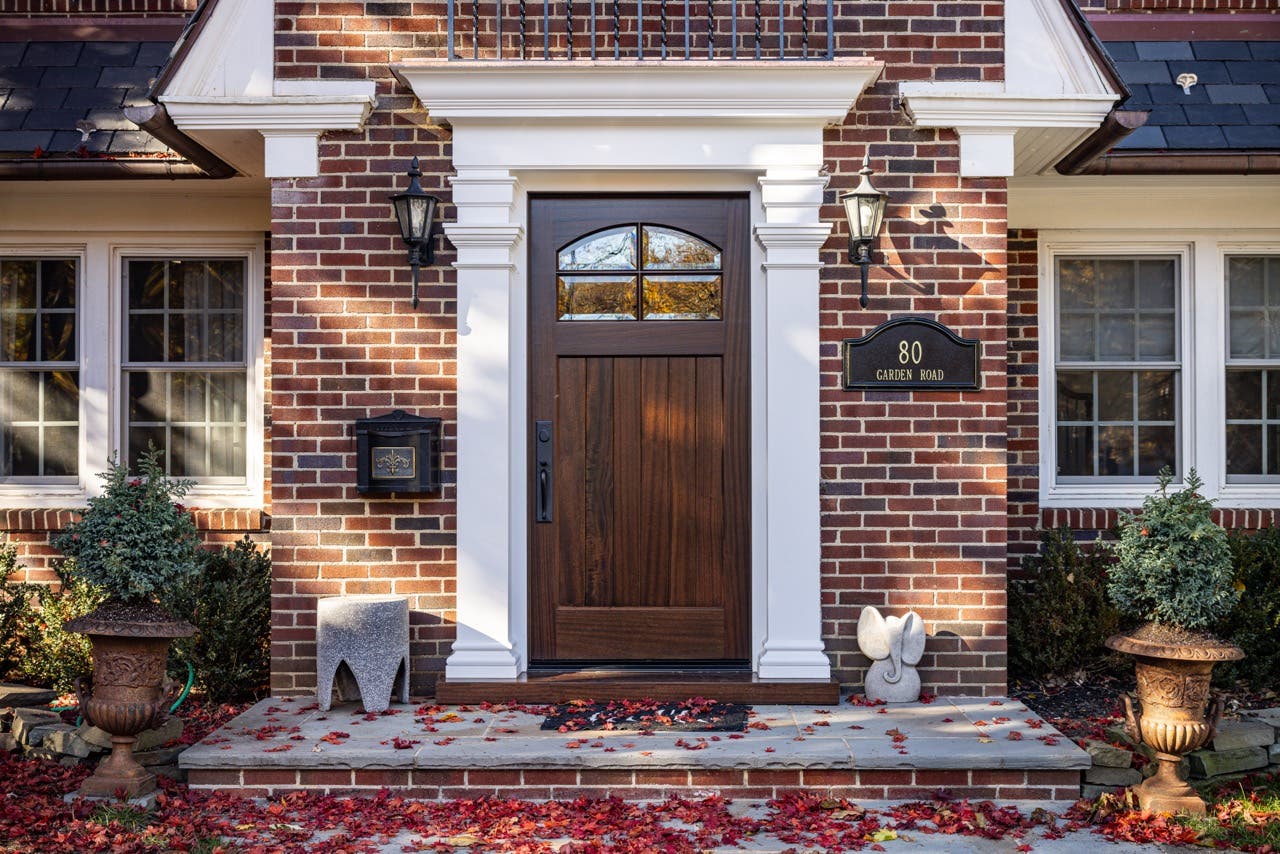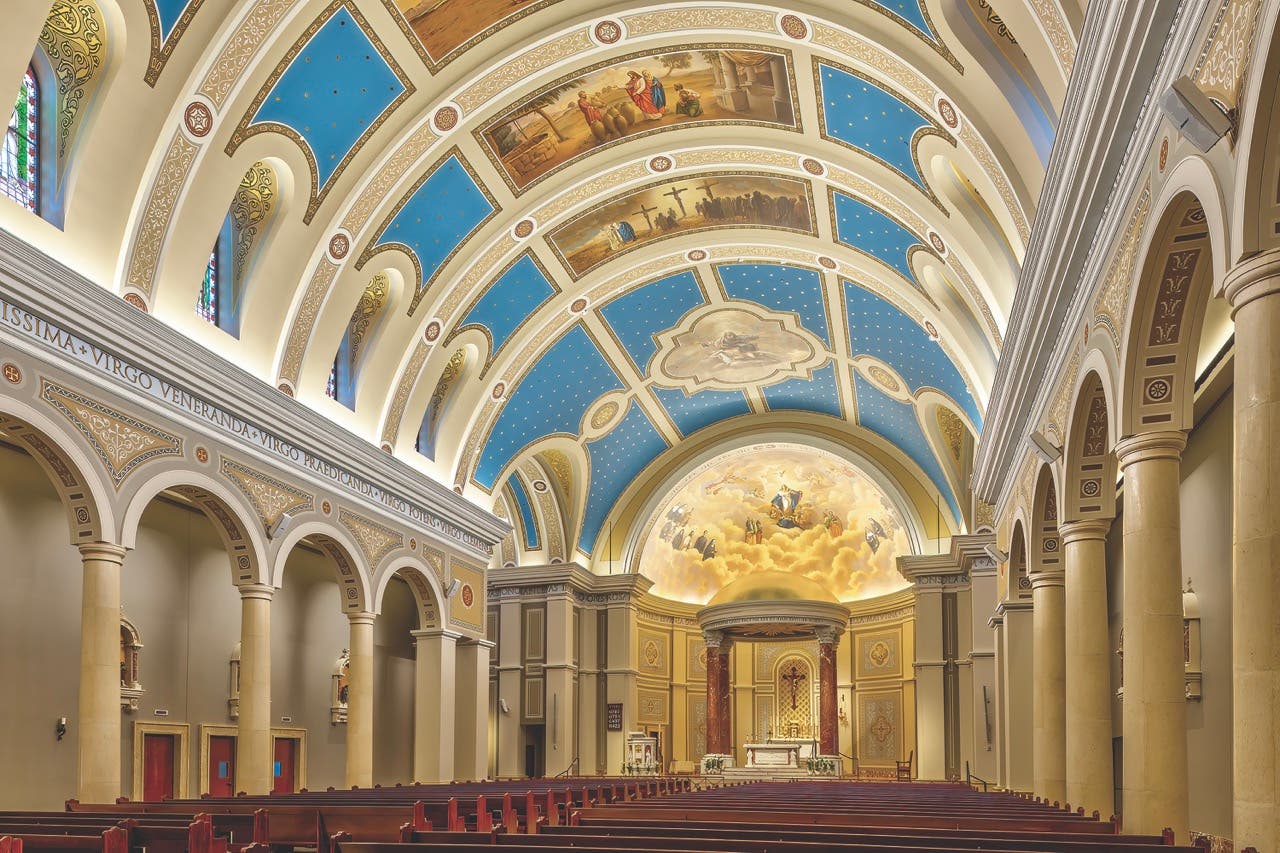
Windows & Doors
Restoration of Steel Window Frames and Hardware
Built in 1936, this private residence in Nashville, Tennessee, enjoys a pastoral estate setting just six miles from downtown. Designed by architect Edwin Keeble, it is located in a neighborhood with significant historic architecture. The post-WWI style can be referred as Modernist, Art Moderne, or International—all variations on the same theme. The current owner’s deep commitment to the home’s preservation is evidenced by the work that went into restoring its 42 Fenestra steel-framed windows, which had suffered decades of deferred maintenance. “We were brought on to facilitate window modifications and updates,” says lead architect Jamie Sinz of Dryden Architecture and Design (DAAD). “We looked at every possible solution—including replacing or refurbishing the windows, and adjusting or changing the style, but the owner made it clear that he wanted to maintain the original design. That meant keeping all of the existing windows—and that’s what led us to Seekircher.” With 40 years of historic window restoration work to its credit, Seekircher Steel Window was ideal for the project.
Without protection from the natural elements, steel window frames are subject to rust. In this case, they had been painted year after year with plain house paint—an inappropriate material for this application. Sinz attributes the poor condition of the windows to the fact that steel frames are not common in the region, so their maintenance requirements are unfamiliar. There was a significant amount of paint chipping and deteriorated steel, and the panes were often either broken or they had been replaced in the past with inconsistent glass. “We went with a hybrid solution,” Sinz says of their approach to the compromised windows. “All of the glass was removed and replaced, and all of the operable casement sashes were taken to Seekircher’s shop in New York, where they ground off all of the paint down to bare steel. They primed, painted, and factory-glazed every one of the casements.”
In order to maintain the original look, they used single-pane glass, which would have been installed when the house was built. (The one exception being the laminated glass used for the doors in order to withstand heavy use.) When the casement windows were ready, Seekircher sent a crew to the house for their installation, and to perform on-site restoration of the fixed windows. For that work, they hand ground the paint off every frame, patched the damaged steel, and primed and reglazed the frames in place in preparation for final paint. The laborious job took nearly six weeks to complete, though restoring the fixed units in place was a tremendous cost savings. At the start of the project, Sinz had consulted with a company that had wanted all of the fixed windows removed and sent to them for restoration.
“The manual labor the Seekircher crew did on those windows to get them back to the original construction—I’ve never seen anything like it, and I am 63 years old,” says general contractor Skipper Phipps of Phipps Construction. “It took more than a bunch of carpenters and painters to perform that kind of work—they were more like artisans. They went in delicately, like good craftsmen.”
Phipps makes the point that steel windows, particularly in the south, are popular with homeowners, but that those sourced from today’s manufacturers do not have the same aesthetic integrity as their historical counterparts. He specifically mentions contemporary cranks as being inferior. Here, all of the hardware—cranks, locking mechanisms, and hinges—was either repaired or replaced. For pieces that needed replacing, Seekircher relied on its stable of sources to find a period-appropriate match.
The Seekircher crew measured and replaced all of the existing panes, using glass from New York. “They did that so the glass would be consistent,” Phipps explains. “We didn’t want Northeast glass and southern glass mixing because there could have been a difference between them.”
Surprisingly, the biggest challenge was the weather. “It happened to be one of the wettest springs in Nashville’s history,” Sinz muses. “They tarped every single window from the roof to the ground, and worked right through it. It was cold and wet for the entire installation.”
Going forward, the chipping of paint and subsequent steel degradation should not happen anywhere close to the degree it had prior to the restoration because, in part, of Seekircher’s painting technique. “It was a three- or four-step process with specially formulated paint and an application designed for steel windows,” Sinz notes. “The current finish should last and be more resilient for decades to come.”




